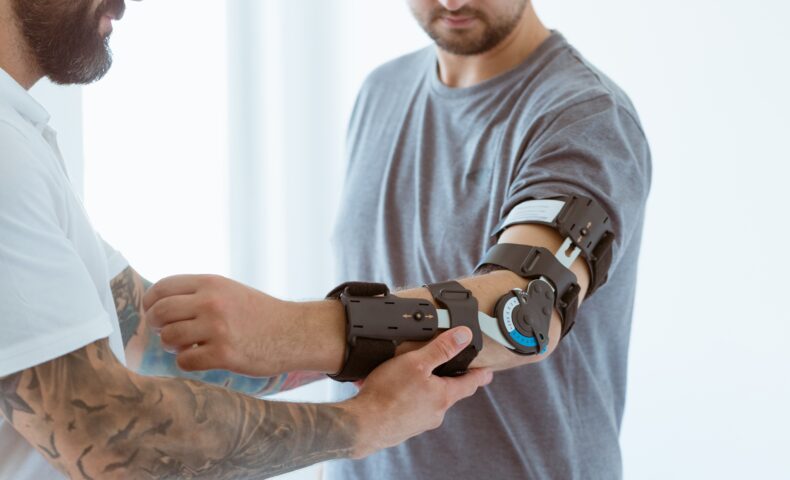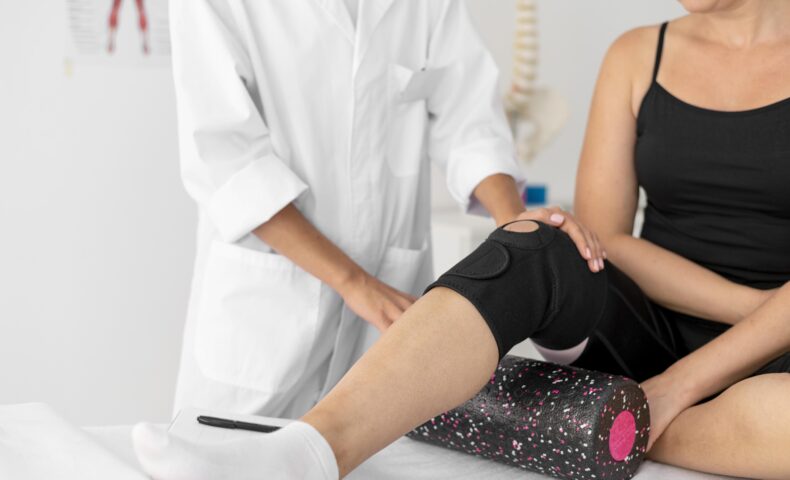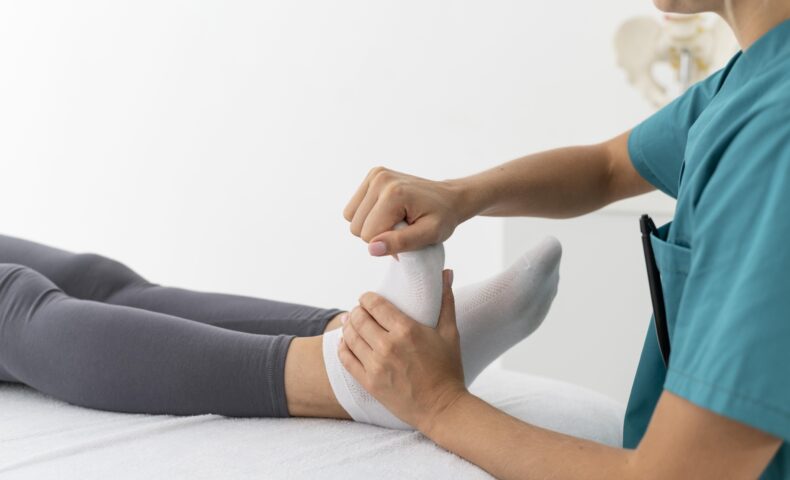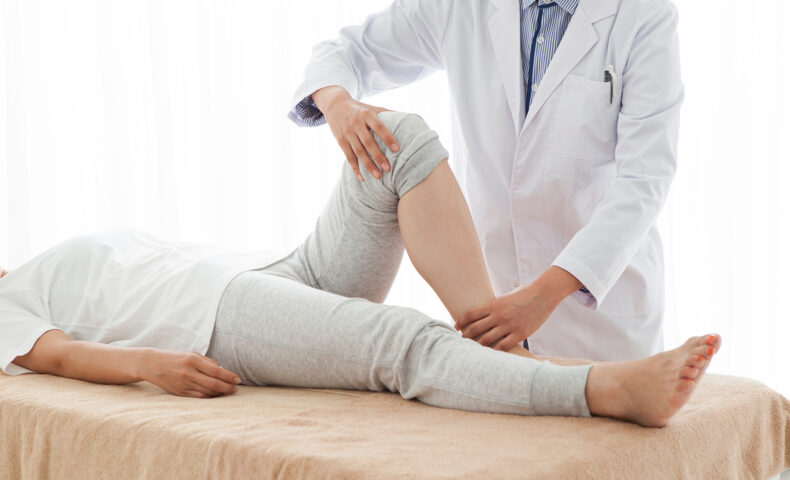3D foot scan from smartphones for medical and orthopedic applications? Yes! Traditionally, the manufacture of orthopedic insoles required complex and often costly manual methods, with considerable lead times. However, the advent of 3D scanning has revolutionized this practice, offering considerable advantages in terms of speed, precision and accessibility.
What are insoles?
Orthopedic insoles, also known as foot orthotics in medical terms, are devices designed to fit inside shoes. They are designed to correct various postural problems or dermatological conditions related to the feet. Therefore they play a crucial role in relieving back, foot or leg pain.
They are prescribed by health professionals, such as a doctor or podiatrist. They can also be manufactured by the same podiatrist or a pedorthist. These insoles are tailor-made for each patient to ensure optimum effectiveness.
How to choose the correct type of insole?
- Orthopedic insoles
Orthopedic insoles are prescribed to correct an inadequate distribution of pressure on the foot. Their purpose is to relieve the pain associated with poor posture. To be effective, they must be worn daily, ideally in appropriate footwear. When used regularly and correctly, these insoles offer greater comfort when walking and standing. They are adapted to the specific morphology and individual needs of each patient.
- Comfort insole
Comfort insoles are designed to optimize the foot’s support surfaces. The result is a more balanced distribution of body weight over a larger surface area. By supporting all areas of the foot, the molded surface of these insoles offers maximum support, and relieves pain. These insoles are particularly beneficial for people suffering from various foot conditions or postural problems. They are available in standard sizes or made-to-measure.
How to create custom insoles?
First of all, before starting to make the insoles, it’s essential to carry out a podiatry assessment or a biomechanical assessment. This helps determine the appropriate prescription for the insoles best suited to each individual.
There are a number of different methods for creating custom-made insoles:
- Manual assembly and gluing: This approach involves the manual assembly and gluing of the various components needed to create custom orthopedic insoles.
- Thermoforming: Thermoforming involves heating the components in a special machine, then molding the insoles directly to the patient’s feet on a silicone cushion, ensuring a precise fit.
- 3D printing: Although 3D printing is becoming increasingly widespread, it can still present challenges due to the costs associated with the equipment. However, this method offers increased precision and customization.
With advances in technology, the 3D foot scanning method is gaining in popularity and accessibility. It is now possible to 3D scan feet using a common everyday tool: the smartphone. This technology enables custom-made orthopedic insoles to be created from a mobile device, offering a more convenient and less expensive solution.
3D foot scan from mobile
How does it work?
Through the MyFit Solutions 3D scanning solution, there are different ways of capturing the foot from a smartphone.
- 3D scan of the impression box: The impression box is used to take an impression of the patient’s foot. The phone then scans the box with the dedicated application. This is the case for our customer HB Form.
- 3D capture of the loaded foot: The patient’s foot, placed flat on the floor, is scanned from a smartphone.
- 3D scan of off-loading foot: To capture a 3D model of the foot, simply scan it by rotating the phone around the limb.
Depending on the use case and the smartphone used, it is now possible to scan in 3D from a mobile application. This means you can capture in 3D via the rear cameras of all iOS and Android smartphones, and from the front cameras of iOS phones.
The benefits of mobile 3D scanning
3D capture is performed using a simple mobile application, offering an innovative solution developed by MyFit Solutions.
- Quick acquisition: a scan takes just a few seconds, enabling fast, efficient measurement.
- Accurate, reliable results: Measurement results are accurate, reliable and immediately usable from the associated web platform. This ensures optimum quality in the design of orthopedic insoles.
- Flexibility of scanning location: Scanning can be carried out anywhere. Whether in a chiropodist’s office, a healthcare professional’s office or even a pharmacist’s office.
- Accessibility and ease of use: Scanning can be carried out by anyone, without the need for specific training. This makes the technology easy to deploy on a large scale.
- Low equipment cost: Unlike the costly purchase of a traditional 3D scanner, this method requires only a smartphone.
These advantages make mobile 3D scanning a practical, cost-effective and efficient solution for creating custom insoles.







